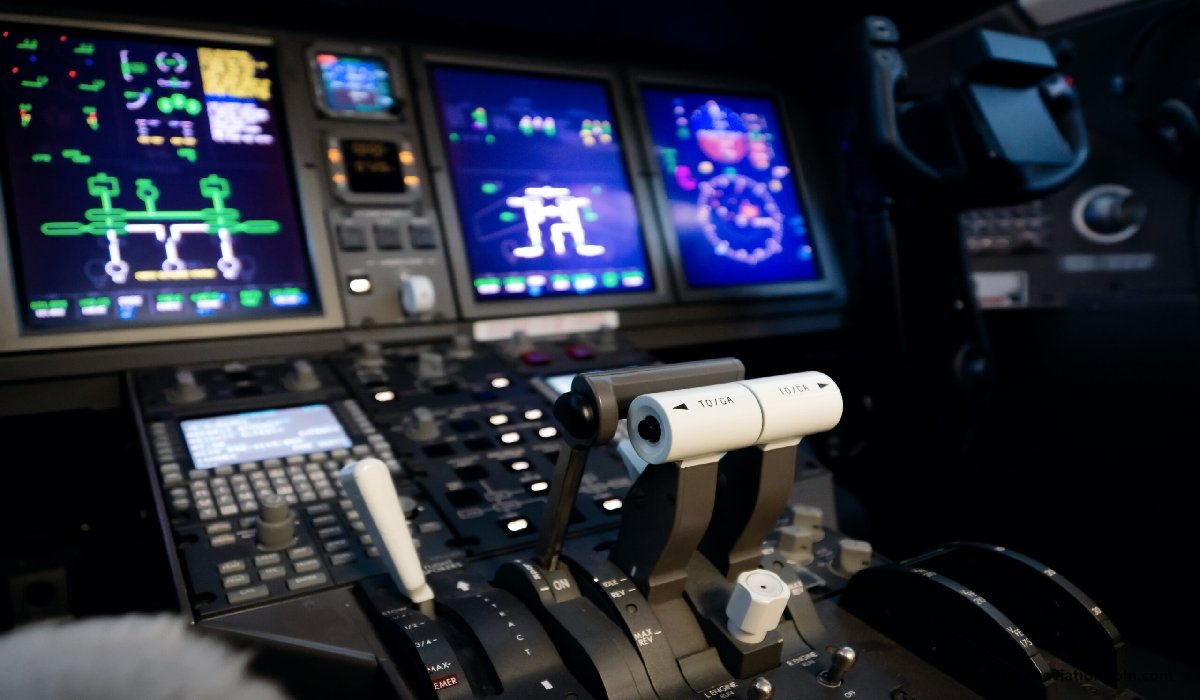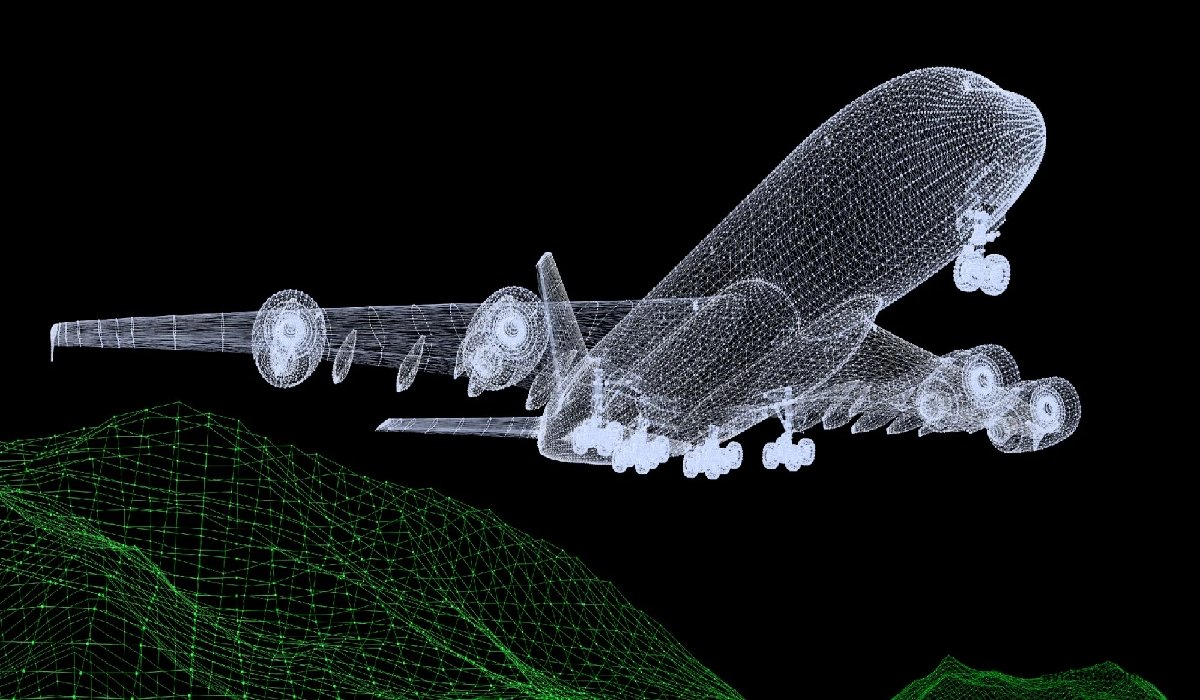Introduction to Flight Management Systems, The world of aviation is a complex, intricate network of systems, controls, and operations, all of which work together to make flight not only possible but also safe and efficient. At the heart of modern aircraft operation is the Flight Management System (FMS), a specialized computer system that automates a wide variety of in-flight tasks, easing the workload on pilots and ensuring a smooth and efficient flight. This article will introduce you to the world of FMS, its components, operations, history, and its essential role in modern aviation.
Introduction to Flight Management Systems
1. What is a Flight Management System (FMS)?
An FMS is an integrated avionic system utilized by aircraft to plan, navigate, and control the flight. Comprising both software and hardware, it provides pilots with real-time information about the flight and assists in navigation, flight planning, and optimizing performance, among many other functionalities.
2. Components of the FMS
2.1 Flight Management Computer (FMC)
At the core of the FMS is the Flight Management Computer. The FMC stores and processes data related to flight planning, navigation databases, aircraft performance parameters, and air traffic control constraints.
2.2 Control Display Unit (CDU)
The CDU serves as the interface between the pilots and the FMC. Pilots input data, view flight plans, and interact with the FMS using the CDU.
2.3 Navigation Databases
These databases store a vast amount of data related to the world’s air routes, airports, runways, waypoints, and more. They are regularly updated to ensure accurate navigation.
2.4 Data Link
A system that allows the FMS to communicate with ground stations, receiving real-time updates on weather, air traffic, and other essential information.

3. History of Flight Management Systems
The origin of FMS can be traced back to the late 1970s and early 1980s. With the growth of air travel and the advent of more advanced jet aircraft, there was a need for more sophisticated flight planning and navigation systems. The FMS emerged as a solution to automate and optimize various flight procedures.

4. Functions of the FMS
4.1 Flight Planning
Before taking off, pilots input the origin, destination, alternate airports, and other necessary information into the FMS. The system then calculates an optimal route, considering factors like weather conditions, air traffic, and aircraft performance.
4.2 Navigation
During the flight, the FMS constantly receives data from onboard sensors, ensuring the aircraft remains on the intended flight path.
4.3 Performance Optimization
The FMS can calculate the optimal altitude and speed for the flight, considering the aircraft’s load, weather conditions, and fuel efficiency.
4.4 Automatic Flight
Through integration with the aircraft’s autopilot system, the FMS can automate certain phases of the flight, such as climb, cruise, and descent.
4.5 Data Communication
The FMS can communicate with ground stations, providing real-time updates and receiving data on weather, air traffic, and more.

5. Integration with Other Avionic Systems
The FMS doesn’t operate in isolation; it’s interconnected with other onboard avionic systems, such as:
5.1 Autopilot
The FMS sends commands to the autopilot, which then controls the aircraft’s trajectory to follow the route generated by the FMS.
5.2 Navigation Systems
These systems, including the Global Positioning System (GPS), Inertial Reference System (IRS), and radio navigation aids, feed navigational data to the FMS.
5.3 Flight Director
It provides pilots with visual cues on the instrument panel, guiding them to fly the aircraft in line with the commands generated by the FMS.
5.4 Engine Control
The FMS provides inputs to the engine control system to optimize performance.

6. Importance in Modern Aviation
6.1 Enhanced Safety
The FMS provides pilots with precise navigation and optimal flight paths, reducing the chances of human error.
6.2 Fuel Efficiency
By computing the most efficient altitude, speed, and route, the FMS plays a pivotal role in conserving fuel.
6.3 Reduced Workload for Pilots
With the FMS automating many in-flight tasks, pilots can focus more on monitoring the aircraft’s systems and responding to unexpected events.
6.4 Improved Air Traffic Management
FMS contributes to a smoother flow of air traffic, allowing for more efficient management and coordination of aircraft in busy airspace.

7. Future of Flight Management Systems
As technology continues to advance, the FMS will become more integrated, smarter, and more capable. Developments may include:
7.1 Integration with Artificial Intelligence
AI can further enhance the decision-making capabilities of the FMS, making predictions based on a vast array of data sources.
7.2 Seamless Global Communication
Future FMS may have seamless global communication capabilities, ensuring real-time data updates regardless of the aircraft’s location.
7.3 Enhanced 3D Navigation
As urban air mobility becomes more prevalent, FMS may evolve to cater to complex 3D navigation within cities.

In the intricate dance of aircraft crisscrossing the skies, the Flight Management System plays the role of a meticulous choreographer. Its contributions to modern aviation, in terms of efficiency, safety, and technological advancement, cannot be understated. As we continue to soar into the future, the FMS will undoubtedly evolve and adapt, holding its essential place in the ever-advancing realm of flight.
See more:
